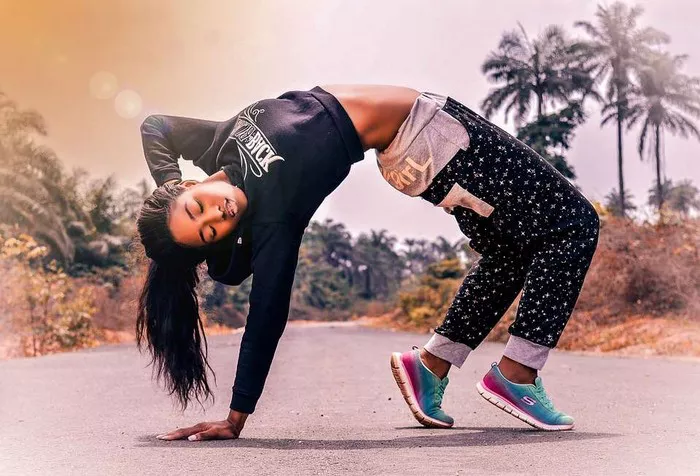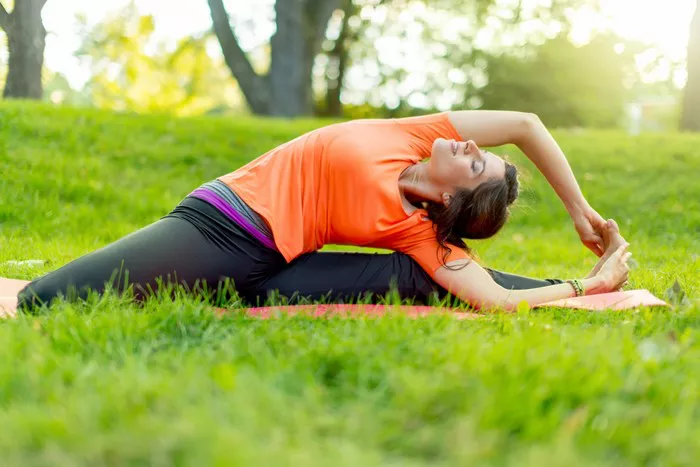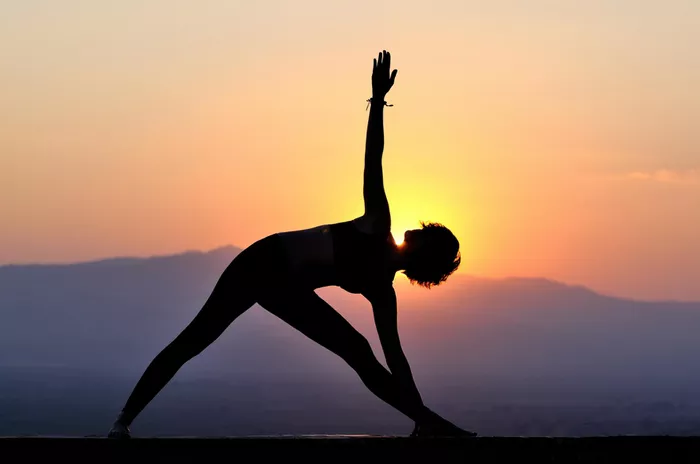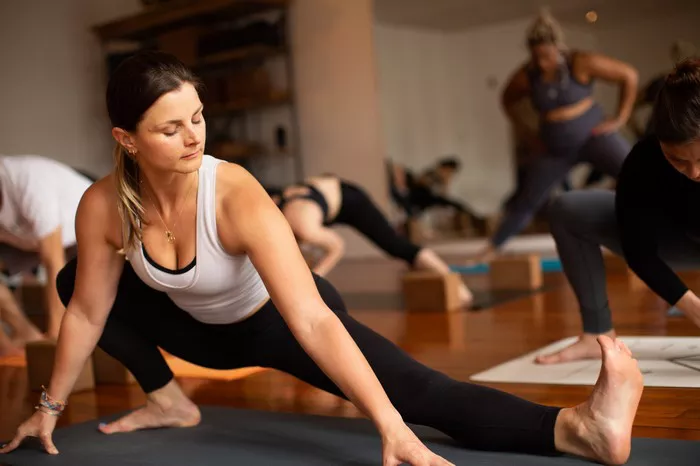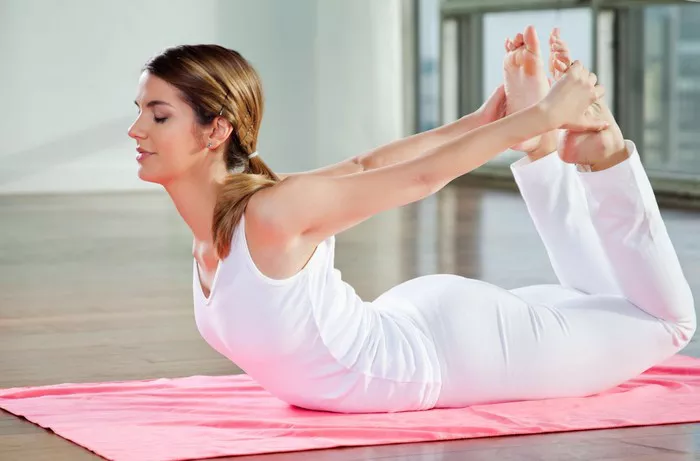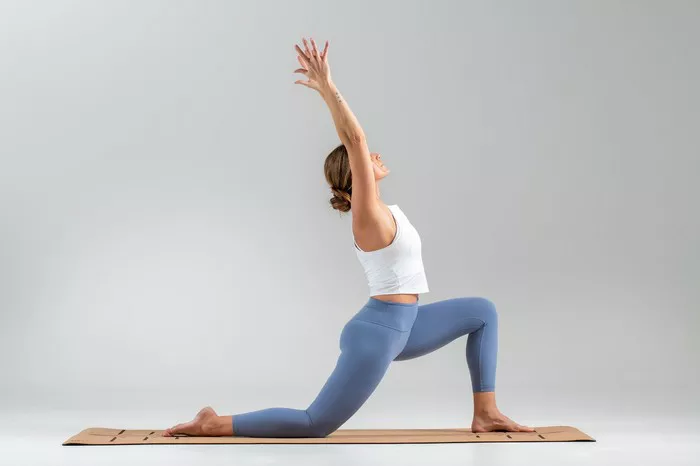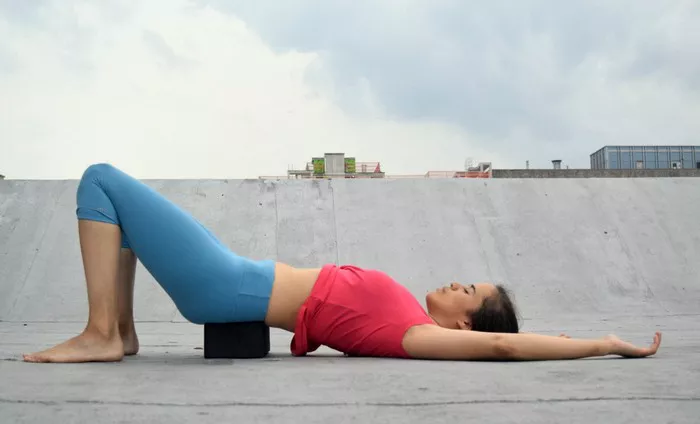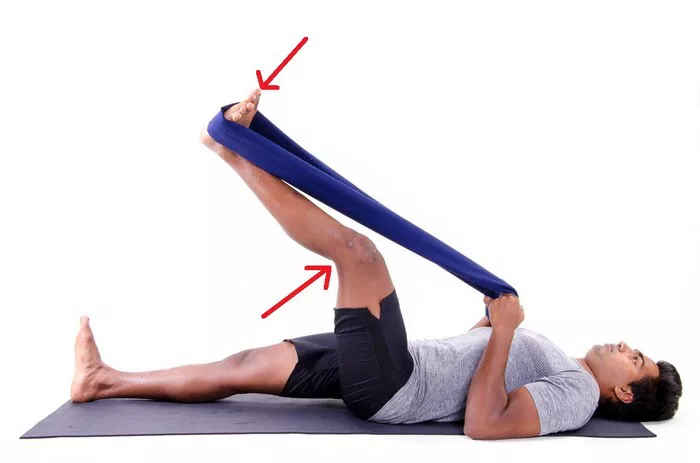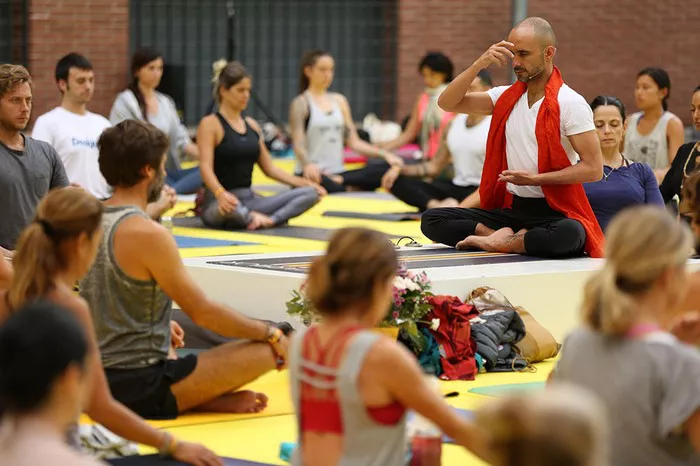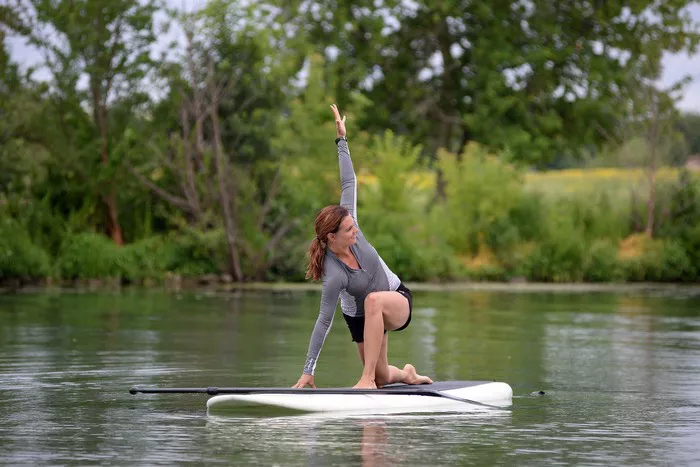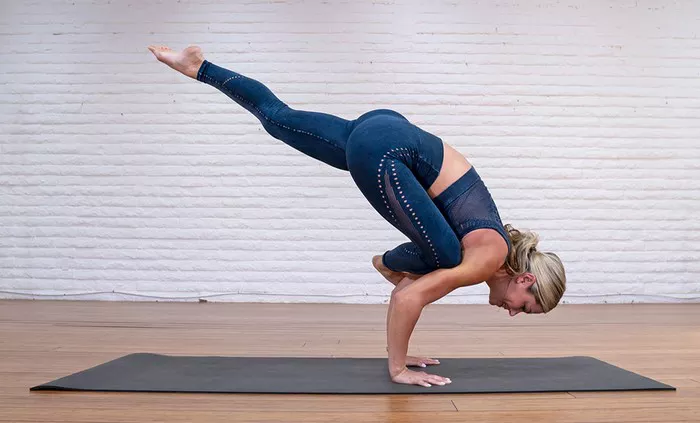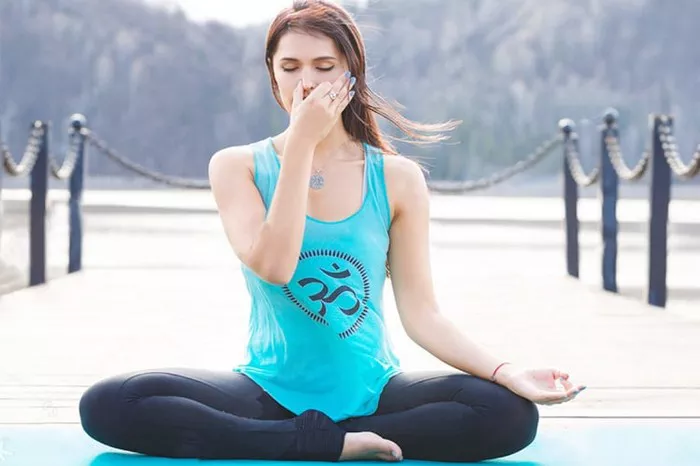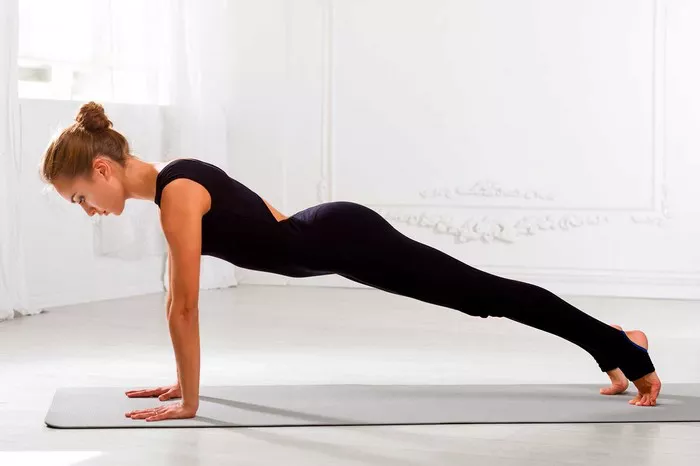Vrikshasana, also known as Tree Pose, is a fundamental standing posture in yoga that emphasizes balance, concentration, and posture alignment. Derived from the Sanskrit word “Vriksha” meaning tree, this pose imitates the steady yet flexible stance of a tree. For beginners, practicing Vrikshasana can be both physically invigorating and mentally calming. It aids in developing neuromuscular coordination and strengthens the legs, core, and spine. As one of the more accessible asanas, it is often recommended at the start of a yoga journey. However, a common question among beginners is: how long should one hold Vrikshasana for optimal benefit without risking fatigue or strain?
Benefits of Practicing Vrikshasana
Understanding the benefits of Vrikshasana can help underscore its importance in a yoga routine. This posture has several advantages that contribute to overall well-being:
- Improves balance and stability: Engaging the core and leg muscles enhances physical equilibrium.
- Enhances concentration and focus: The stillness of the pose requires and fosters mental clarity.
- Strengthens muscles and joints: Particularly in the legs, ankles, and back.
- Stimulates the nervous system: By encouraging coordination between the brain and body.
- Promotes body awareness: Through improved posture and alignment.
These benefits are cumulative and best realized with consistent practice over time. Beginners can feel motivated knowing that even a short daily session can yield noticeable improvements.
Preparing for Vrikshasana
Before attempting Vrikshasana, it is essential to prepare the body and mind to avoid injury and maximize results. Here are some preparatory tips:
- Warm-Up: Engage in light warm-up exercises to loosen the joints and activate the leg muscles. Consider dynamic stretches for the hips, ankles, and shoulders.
- Choose a Quiet Space: Practicing in a distraction-free environment supports better focus.
- Use a Wall or Chair for Support: Beginners may benefit from external support to develop confidence in the pose.
- Focus Your Gaze: Known as “Drishti” in yoga, focusing the gaze on a fixed point aids balance.
- Wear Comfortable Clothing: Clothes should not restrict movement and should allow full leg and hip motion.
Mental preparation is equally important. Beginners should adopt a mindset of patience and non-judgment, accepting that balance may improve gradually.
Step-by-Step Instructions for Vrikshasana
Practicing Vrikshasana involves a series of deliberate and controlled movements. Follow these steps:
- Begin in Tadasana (Mountain Pose): Stand upright with feet together, arms at your sides, and weight evenly distributed.
- Shift Weight to the Left Foot: Firmly ground your left foot while lifting your right foot off the floor.
- Place the Right Foot: Position it on the inner left thigh or calf (avoid the knee joint). The toes should point downward.
- Join Your Palms in Namaste: At the chest level or raise your arms overhead for an added challenge.
- Hold the Pose: Maintain the position while breathing evenly.
- Release Slowly: Gently bring the foot down and repeat on the other side.
Beginners should not rush through these steps. Mindfulness in each movement enhances both safety and benefit.
Recommended Duration for Beginners
Determining the right duration to hold Vrikshasana varies from person to person. However, a general guideline for beginners is:
- Start with 10 to 20 seconds on each leg: This allows time to experience the posture without undue strain.
- Gradually increase to 30 seconds to 1 minute: As strength and balance improve.
Practicing daily will help you progress more quickly. It’s important to focus on quality over quantity; holding the pose with correct alignment for a shorter duration is better than a prolonged but unstable attempt.
Factors Influencing Duration
Several factors can affect how long a beginner should hold Vrikshasana. Being aware of these can help tailor the practice to individual needs:
- Physical fitness: More physically fit individuals may find it easier to hold the pose longer.
- Balance ability: Natural balance varies; some may need extra time to develop this skill.
- Muscle strength: Particularly in the legs, hips, and core.
- Mental focus: A calm, focused mind can sustain the pose more effectively.
- Consistency of practice: Regular sessions yield faster improvement.
Listening to your body is essential. If you feel shaky or fatigued, it’s wise to release the pose and rest before repeating.
Common Mistakes to Avoid
Even simple poses like Vrikshasana can be performed incorrectly, diminishing their benefits and increasing injury risk. Beginners should watch for these common errors:
- Placing the foot on the knee: This can strain the knee joint.
- Hunching the shoulders: Maintain a relaxed, open chest.
- Lack of focus: Allowing the eyes to wander disrupts balance.
- Overarching the back: Engage the core to keep the spine neutral.
- Holding the breath: Breathing should be steady and natural.
Correcting these mistakes early on helps establish a solid foundation for more advanced poses.
How to Track Progress
Monitoring your improvement in Vrikshasana can be motivating and informative. Use these methods:
- Time Yourself: Record how long you can hold the pose comfortably.
- Maintain a Journal: Note physical sensations, mental focus, and challenges.
- Take Photos or Videos: Visual feedback can reveal alignment issues.
- Use Milestones: Celebrate when you hold the pose for 30 seconds, then 1 minute, and so on.
Avoid comparing your progress to others. Yoga is a personal journey, and individual timelines can vary significantly.
Integrating Vrikshasana into Your Routine
Consistency is key to mastering Vrikshasana. Here are some ways to incorporate it into a daily or weekly routine:
- Morning Practice: Start your day with balance and focus.
- Combine with Other Asanas: Pair with standing poses like Warrior I or II for a balanced session.
- Use as a Break: A few minutes of practice during work breaks can refresh the mind.
- Include in Cool-Downs: After vigorous exercise, Vrikshasana can help settle the nervous system.
Aim for 3 to 5 repetitions on each side daily. Over time, you’ll notice improvements not just in balance, but in mental clarity and posture as well.
When to Seek Guidance
While Vrikshasana is generally safe, there are times when professional guidance is beneficial:
- If you have balance issues: A yoga teacher can provide adjustments and modifications.
- In case of injury: Especially involving the ankles, knees, or hips.
- To deepen your practice: Instructors can introduce variations and complementary poses.
- For accountability: Classes can motivate consistent practice.
Online tutorials, group classes, and one-on-one sessions each offer unique benefits. Choose the method that aligns best with your goals and schedule.
Modifications and Variations
Vrikshasana can be adapted to suit various levels of ability and interest:
- Beginner Support: Use a wall or chair for added stability.
- Arm Variations: Try prayer hands at the heart, arms overhead, or arms extended sideways.
- Leg Modifications: If placing the foot on the thigh is too challenging, place it on the ankle with the toes on the floor.
- Advanced Options: Close your eyes or try the pose on a soft surface to challenge your balance further.
These adaptations ensure that the pose remains accessible and engaging at all stages of practice.
Conclusion
Vrikshasana is a powerful yet accessible yoga pose that offers numerous physical and mental benefits. For beginners, holding the posture for 10 to 20 seconds per side is a practical starting point, with gradual increases as strength and confidence grow. By practicing consistently, avoiding common mistakes, and using modifications as needed, individuals can build a balanced and rewarding yoga routine. This pose not only fosters physical stability but also encourages mindfulness, patience, and inner calm.
FAQs
How often should beginners practice Vrikshasana?
Ideally, Vrikshasana should be practiced daily for best results. Even 5 to 10 minutes a day can significantly improve balance and focus over time.
Can I do Vrikshasana if I have knee problems?
Yes, but caution is advised. Avoid placing the foot on the knee joint. Use modifications and consult a healthcare professional or yoga instructor for personalized guidance.
What time of day is best for Vrikshasana?
Morning is often ideal as the mind is fresh and focus is sharp. However, it can be practiced any time of day, especially during work breaks or as part of an evening wind-down routine.
Is it normal to feel wobbly at first?
Absolutely. Balance improves with practice. Using a wall for support initially is a good way to build confidence.
Can children practice Vrikshasana?
Yes, children can benefit from the pose. It improves their concentration and body awareness. Just ensure they are supervised and guided appropriately.
What should I do if I lose balance frequently?
Focus on a fixed point in front of you, engage your core muscles, and use support until your balance improves. Gradual, mindful practice will lead to better control.
Related Topics:

